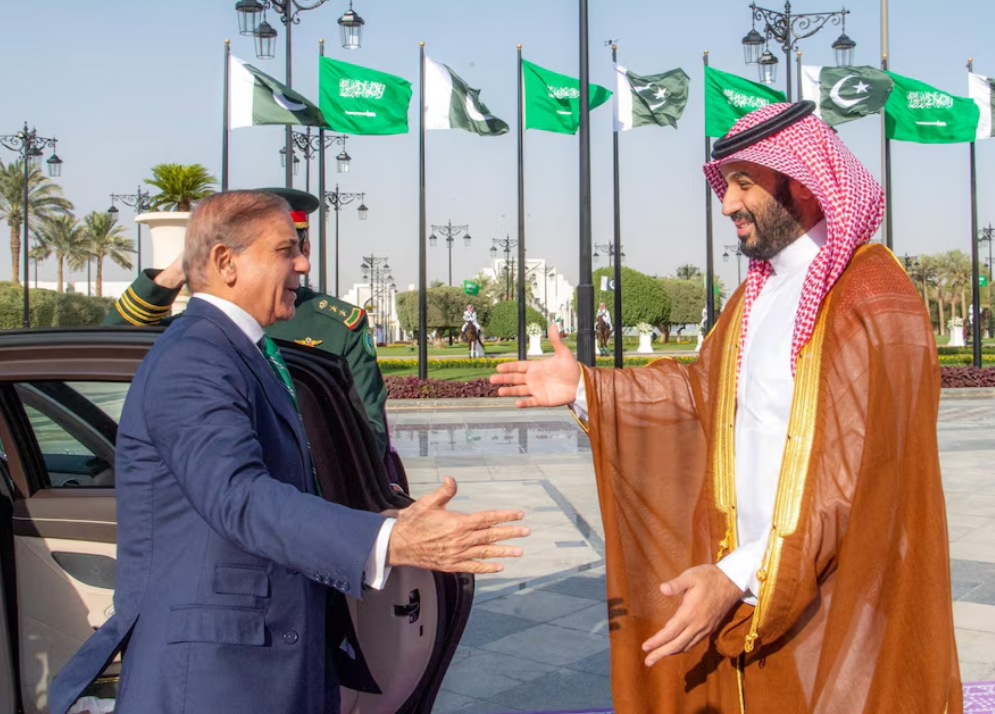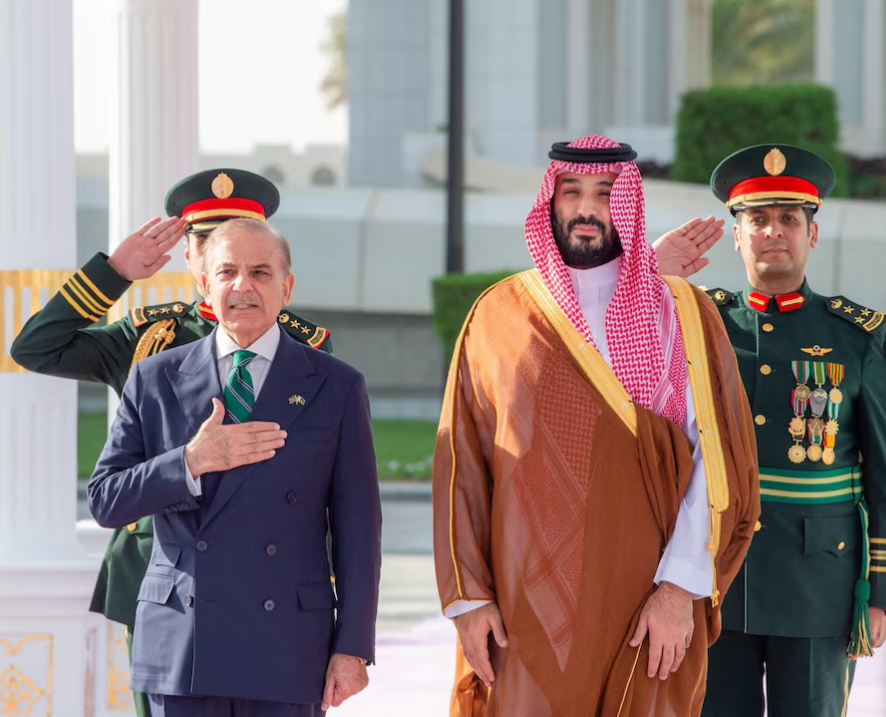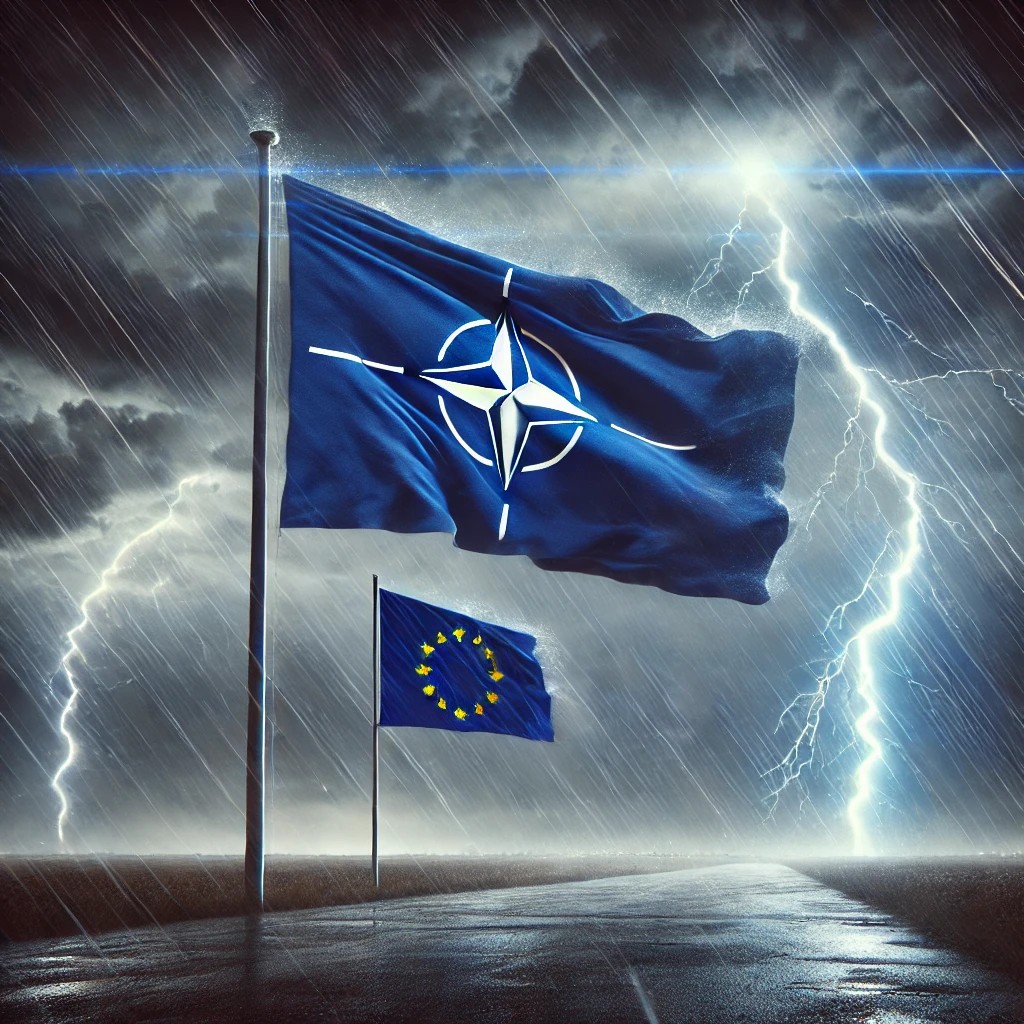English Blogs · 23. September 2025
This commentary builds on my earlier analysis of the Pakistan–Saudi Strategic Mutual Defence Agreement (SMDA), which explored how the pact has been framed and why it drew comparisons with NATO. That first piece looked at the language of ‘no exceptions, no limits’ and what it signals. Here, the focus shifts to consequences: what Pakistan stands to gain, the risks it may face, and why Saudi Arabia chose this moment to turn a long-standing partnership into a formal defence alliance.
English Blogs · 23. September 2025
On 17 September 2025, Pakistan and Saudi Arabia signed their Strategic Mutual Defence Agreement (SMDA). The promise was simple but sweeping: any aggression against one will be treated as aggression against both. For two countries that had long cooperated informally on security matters, the formalisation of this partnership marked a striking shift.
The pact immediately stirred debate. What does it actually mean? How binding is it? Can it change the balance of power in the Gulf and South Asia?
Multidomain · 18. Februar 2025
An der Münchner Sicherheitskonferenz haben die USA klar gemacht, dass Europa sicherheitspolitisch eigenständiger werden muss. Dies heisst auch, die NATO könnte zukünftig für die europäische Sicherheitsarchitektur nicht mehr Priorität haben und der Bündnisfall in Art. 5 des NATO-Vertrags scheint juristisch und realpolitisch kaum durchsetzbar. Gibt es eine Bündnisalternative in der europäischen Sicherheitsarchitektur? Eine solche Diskussion wäre notwendig, wenn Europa eigenständiger werden sollte.



